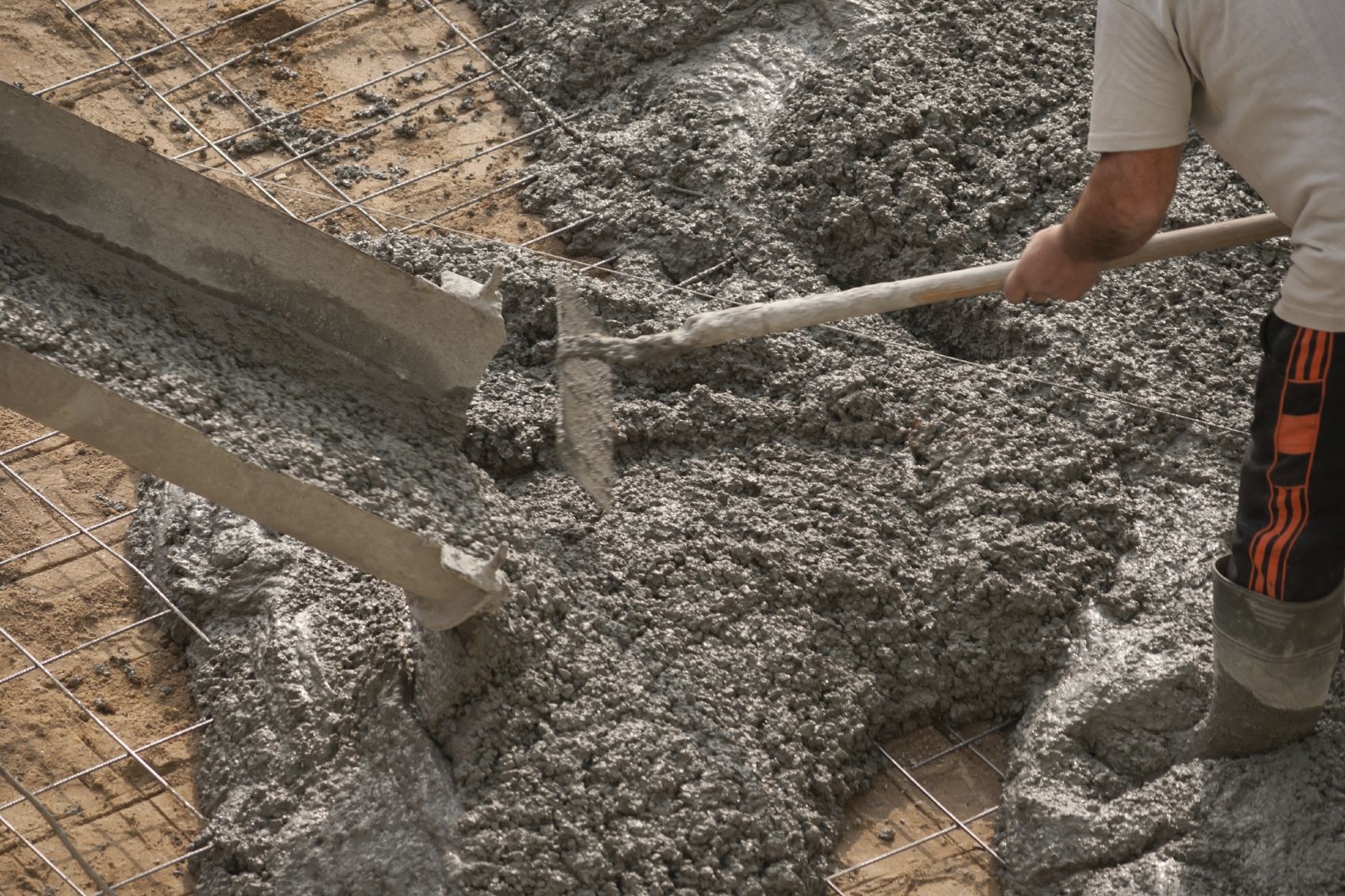What Is The Ideal Temperature For Pouring Concrete
The Ideal Temperature For Pouring Concrete

If you’re looking to pour concrete, you may have wondered if your local climate will affect your sidewalks, driveways, patios, and more. While you can pour concrete in cold and hot weather, it’s necessary to take precaution to ensure it cures properly. If you pour when it’s too cold or too hot – the concrete will be brittle or cracked. If you let it cure when it’s too cold or too hot – your concrete will not be as durable.
Learn more about the process and whether you should hire professional help.
The strength and durability of concrete is dependent on how hydrated it is as it is mixed, poured, and cured. If it’s too cold, then the water particles will freeze and the concrete will crack… If it’s too hot, then the concrete will become dry and brittle… Therefore, the ideal temperature for pouring concrete is between 40 and 50 degrees Fahrenheit.
Pouring Concrete in Cold Weather
When concrete is poured in cold weather, the water particles freeze. When it freezes, the water particles expand causing cracking. Here are some things you can do if you’re pouring in cold weather:
Store concrete mixture in warm, dry place
Thaw frozen round with heaters
Use hot water in concrete mix
Use extra cement to create a hotter chemical reaction
Vacuum to remove excess water
Use additives to quicken hardening process
Use special mixes designed for cold weather
Pouring Concrete in Hot Weather
When concrete is poured in hot weather, the water particles evaporate. Without enough water, the concrete will be dry and brittle. Here are some things you can do if you’re pouring in hot weather:
Pour during the coldest time of the day
Use sunshades and windbreaks to keep cement cold
Store concrete somewhere cool like a shed or garage
Add ice to concrete mix
Reduce your mix time
Cool down aggregate by periodically spraying water
Have extra eyes on the project to ensure a smooth operation
Curing Concrete in Cold Weather
Equally important is curing in cold weather. Here are a few things you can do to cure in cold weather properly:
Covering the concrete with insulated blankets and layering if you need to.
Laying straw over the concrete’s surface to serve as an insulating material.
Curing Concrete in Hot Weather
Once concrete has been poured, it’s important for it to remain at a temperature above 50 degrees for at least two days. Make sure you’re using heated enclosures to protect your concrete from the elements.
Ideal Temperature For Pouring Concrete Summary
If you pour when weather is too hot, your concrete will be brittle. If it’s too cold, then it may freeze and cause cracking. In either case, you want to pour in about 50 degrees temperature. However, given your local climate, that may not be an option. There are tools you can use to ensure your concrete is durable for years to come including using windbreakers, insulation, and more to fight the elements.
Partnering With Concrete Solution Experts
Laying concrete regardless of weather requires skill, knowledge, and experience. Making a mistake mixing, pouring, or curing concrete can leave you with a weaker final product. We have years of experience pouring concrete and helping improve the homes of thousands of homeowners in Canada regardless of your local climate, we can handle your project. For more questions about pouring in hot or cold weather fill out the form or give us a call today.
